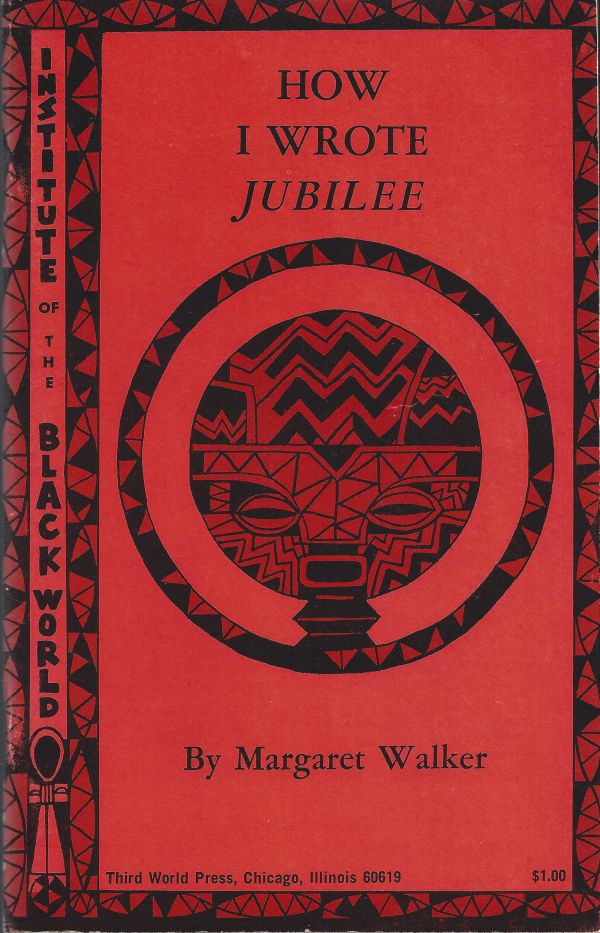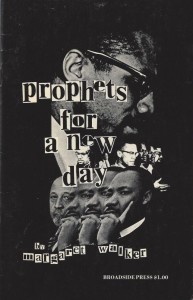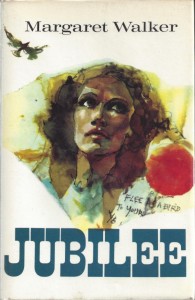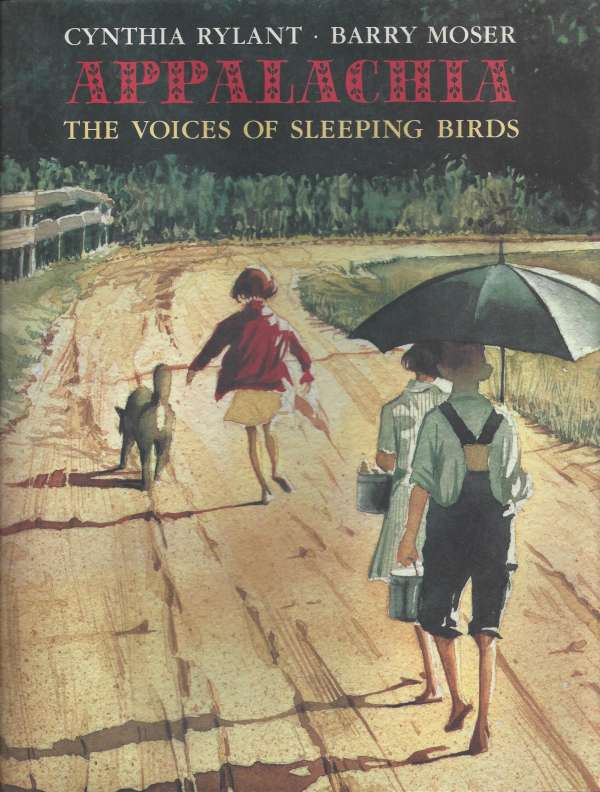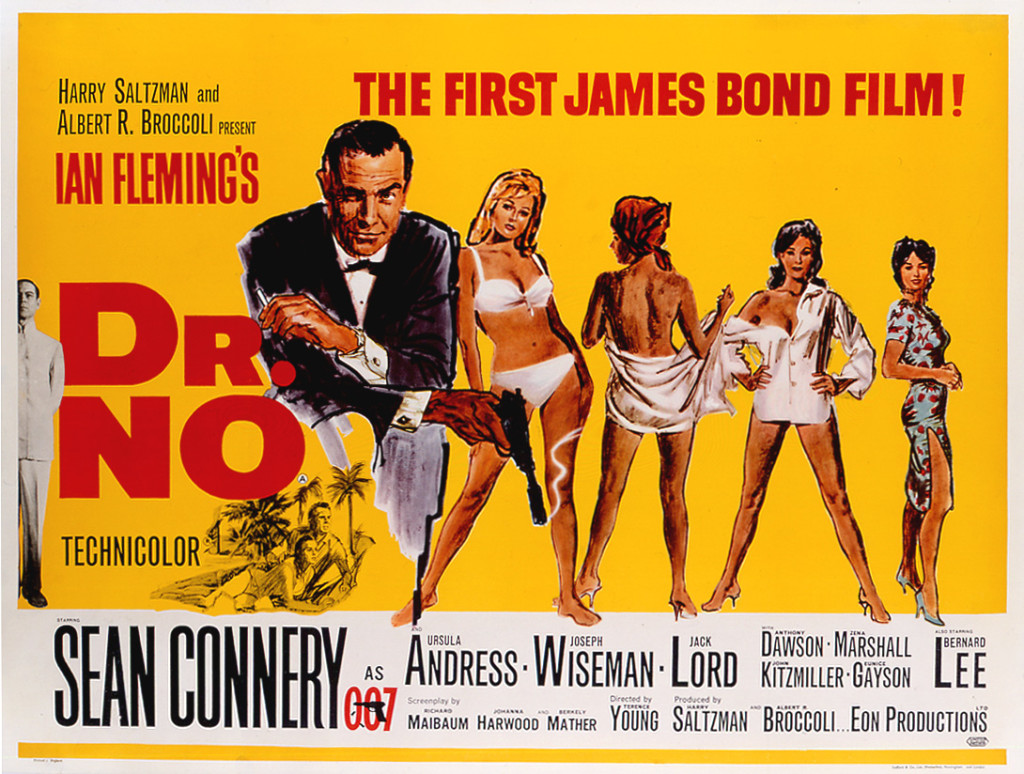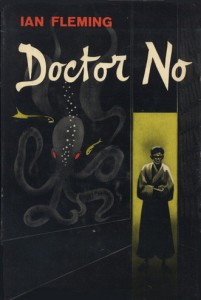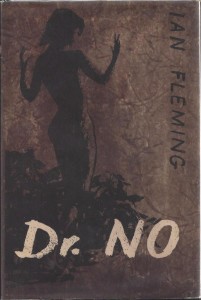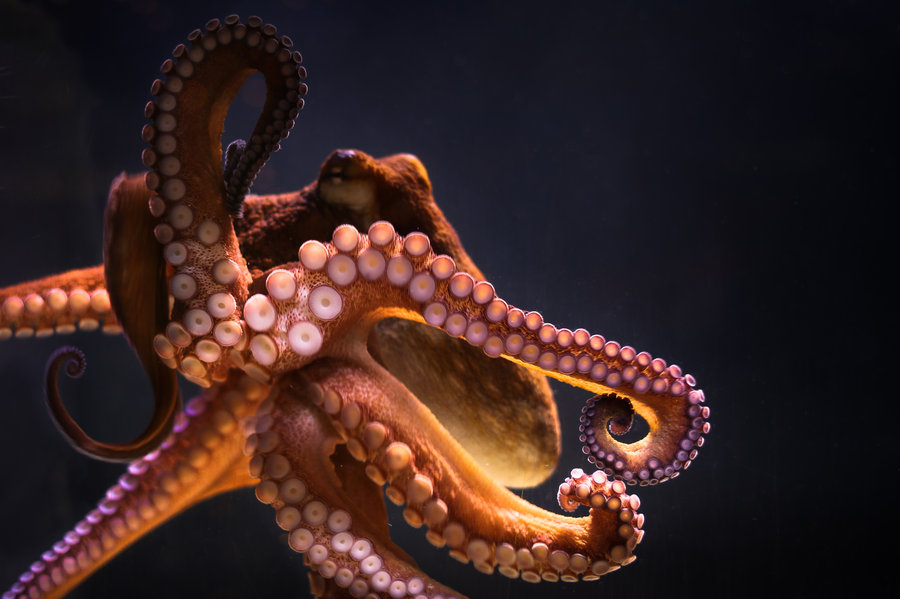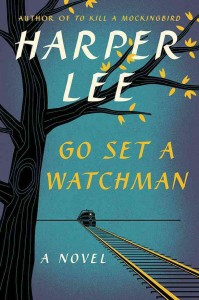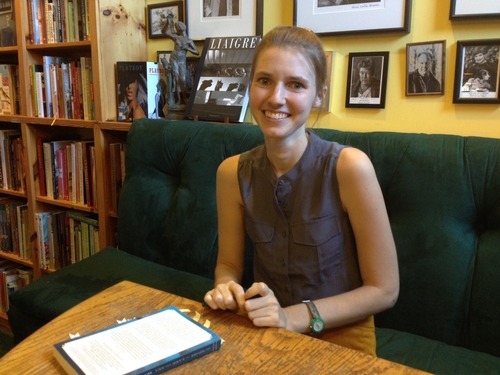Written by Jim Pathfinder Ewing
Meeting Katy Simpson Smith at a book signing and reading at Lemuria Books in Jackson, MS, I was immediately captivated by her infectious smile, her sweet presence, her unassuming grace. She seemed baffled that her first book, The Story of Land and Sea, had excited such interest in the book world.
As the publisher HarperCollins describes it: Set in a small coastal town in North Carolina during the waning years of the American Revolution, the novel follows three generations of family—fathers and daughters, mother and son, master and slave—characters who yearn for redemption amid a heady brew of war, kidnapping, slavery, and love.
But it’s much, much more.
It was happenstance that I was at Lemuria at all, much less buying her book. I had stopped by to have some signed first editions put in mylar so they might wear better on the shelf, and Adie and Maggie who work there, asked me if I was coming to the signing. What signing? I asked.
They told me about this young writer, 28, who grew up in Jackson and was making waves with her debut novel. In Jackson? How could I not know her? So, I bought the book and stayed, and was the first person to greet her when she arrived. We chatted and I thought, hmmm, sweet lady.
Little did I know that the surface of this woman was like the ocean she described — smiles and laughter like jumping fish and mermaids — covering unfathomable depths where leviathans live unceasing and unknown.
Once I picked up the book, I was hooked.
Lyrical, poetic, masterful, each page is a delight. I found myself not worrying about the plot, each page its own reward. My thoughts about the book became a barely conscious narrative itself:
I don’t want it to stop. She skirts through the puzzles of people’s hearts like sure fingers on combination locks, first left, then right, then left again, releasing understandings that roll through me like waves.
Young and old, they are all the same: transparent to her in magical ways. I am mesmerized as the pages glide by, getting my sea legs in this voyage of discovery. I cannot put the book down.
As the chapters flow, and I take breaks now and then, to rest, recuperate, gather myself. I plunge back again and again; from sea to land, from land to sea, taking deep breaths, from a gathering intelligence of who is who and how, to knowing I was unknowing, only thinking I knew. I gasp as each chapter forms a sea change in the facets revealed about each character.
In the first chapter, my feet on solid ground, I don’t like Asa, the grandfather. He’s a hateful, self-righteous man, through his clinging to religion. In the next, I see him as a young man, and my heart breaks for him; I am him. How did that happen? And I hate Helen, the mother, his daughter, for her cold, callous pretension; even, as before, I had felt the husband’s and the granddaughter’s longing and loss for her. Now, I see, I had only seen her as a ship on the horizon, her gallant sails, the dim outline, defiant and wonderful as she sailed into the golden sunset of memory. But wait! What’s this! Quick as a riptide, the roles change again. Helen, the mother, in love; Asa turning, turning … into what he will become.
We delve deeper and deeper, exploring, finding, shifting, changing.
As the pages turn and mount, I grow fearful the book will end, and where will I be? On sea or land?
Now, having made the voyage, I am spent; in awe and slightly resentful. Like the father, a privateer, she has stolen my admiration. It’s a prize hard won. Enduring.
Since I met her at the book signing, and sat with her, and conversed, and heard her speak to an audience, I wonder: How can someone so young, this author, fathom so many diverse people, and present them in all their mystery and unconscious revelation?
I think back to the photo I took of her, so full of life and easy laughter; how can such depth of knowledge reside there? Her bright face, her youthful demeanor, are like the book’s cover: beautiful, well crafted, but the inner pages tell a different story: of love and loss, poignant hopes and crushing realities. Unless you take the time to hear her words in your own mind, you will never know certain secrets that are universal, hidden in your own heart.
It is a joy and a wonder to have a Jackson author of such talent. She could live and write anywhere. But she doesn’t, building her castles between here and New Orleans.
I look forward to her next book, on land, sea or air.
Jim PathFinder Ewing has written six books, published in English, French, German, Russian and Japanese. His latest is “Conscious Food: Sustainable Growing, Spiritual Eating” (Findhorn Press, 2012). His next book — about which he is mysteriously silent — is scheduled to be released in Spring, 2015. Find him on Facebook, join him on Twitter @EdiblePrayers, or see his website,www.blueskywaters.com
 While Hannah was teaching at the University of Alabama in Tuscaloosa, he allowed the Gorgas Oak Press of the Graduate School of Library Services of the University of Alabama to design and print the book format for an early fragment of “Ray” called “Neighborhood.” The graduate students handcrafted a striking chapbook of handmade paper, hand-pressed with custom made ink, featuring the original interior etchings of Jill Valentine, and exterior wrapper drawings by Bruce Dupree. The print run was limited to 65 copies. The chapbook was not issued signed and signed copies are scarce today. This copy of “Neighborhood” is signed on the title page.
While Hannah was teaching at the University of Alabama in Tuscaloosa, he allowed the Gorgas Oak Press of the Graduate School of Library Services of the University of Alabama to design and print the book format for an early fragment of “Ray” called “Neighborhood.” The graduate students handcrafted a striking chapbook of handmade paper, hand-pressed with custom made ink, featuring the original interior etchings of Jill Valentine, and exterior wrapper drawings by Bruce Dupree. The print run was limited to 65 copies. The chapbook was not issued signed and signed copies are scarce today. This copy of “Neighborhood” is signed on the title page.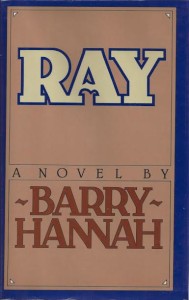 This fragment of “Ray” also differs from the complete version of “Ray” published by Knopf in 1980 as pages 12-26. The publication of Gorgas Oak’s “Neighborhood” provides a rare opportunity to compare an early draft of a literary text with its final form.
This fragment of “Ray” also differs from the complete version of “Ray” published by Knopf in 1980 as pages 12-26. The publication of Gorgas Oak’s “Neighborhood” provides a rare opportunity to compare an early draft of a literary text with its final form.

